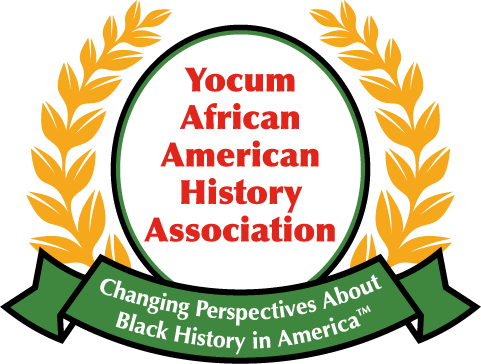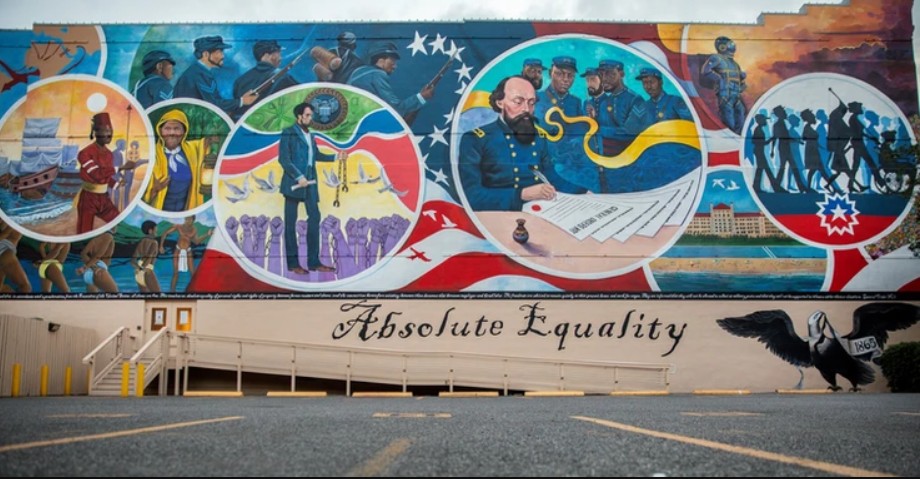General Order #3 was based on the Emancipation Proclamation that President Abraham Lincoln issued on New Year’s Day, 1863. When General Gordan Granger was sent to Galveston, Texas, to read General Order #3 on June 19, 1865, he restored order and officially informed the slaves that they were free.
This General Order #3 incensed the white Texans, and they reacted violently to blacks’ newly found freedom. During Reconstruction (1866 – 1877), it was difficult to clarify and defend the freedom and citizenship of the newly freed slaves.
The first celebration for Juneteenth was established in Galveston in 1866, reading the Emancipation Proclamation, prayers, singing, and parades. The photographic documentation of events that celebrated freedom and emancipation is invaluable to the history of Juneteenth. Early celebration photos of elderly former slaves, dignitaries, young men, and women all exemplify blacks’ commitment to the promise of the future. Today, Juneteenth celebrations have grown nationwide and have included exhibits, performers, food festivals, and parades to celebrate the freedom and triumph of the human spirit.
In Galveston, The Juneteenth Legacy Project worked with artist Reginald Adams. They created a 5,000-square-foot mural, “Absolute Equality,” at the former site of the Union Army Headquarters, where General Gordon Granger issued the General Order #3. The portals in the design depict the slave Estaban arriving on the shores of Texas, another portal’s theme is the Underground Railroad, President Abraham Lincoln, General Gordon Granger, and people marching. Other colorful illustrations include portrayals of black Union soldiers, the slave trade, and space exploration.
Galveston is hoping to gain more recognition of the Juneteenth holiday’s significance.

